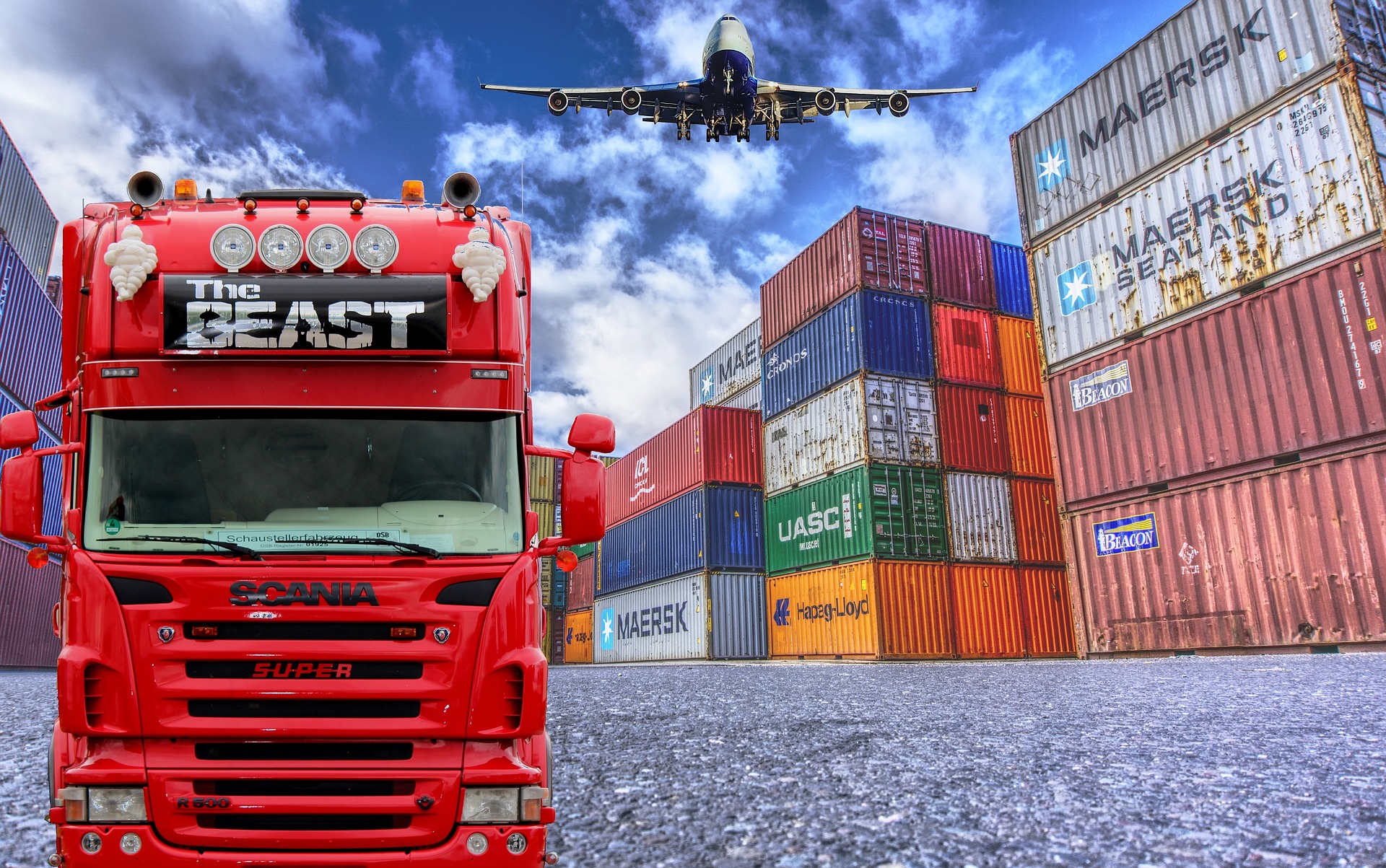With greater consumer awareness and changing social values, most organizations these days feel compelled to report on their sustainable business practices. Not only are such disclosures good for the image of the company, but they come with concrete financial benefits attached – one in every four dollars invested in the United States, and $23 trillion globally, come from investors who say that environmental, social and governance (ESG) issues matter to them.
As mentioned in recent blog posts, the Sustainability Accounting Standards Board (SASB), the Global Reporting Initiative (GRI) and the International Integrated Reporting Council (IIRC) are working together to align corporate sustainability reporting frameworks to improve the way companies identify, manage and communicate financially material sustainability information to their investors. Industry leaders – including GM, Nike, Kellogg’s, JetBlue and Etsy – are already using the SASB standards.
What Makes a Company “Sustainable”?
Internal focus on sustainability is, of course, important, but it shouldn’t come as a surprise to executives and board members that the vast majority of sustainability and social responsibility issues are external – from how raw materials are sourced to where and under what circumstances the products are made.
The latest statistics from S&P Trucost show that, on average, across industries, 78 percent of sustainability challenges can be found in the supply chain. For example, a company’s supply chain produces five-and-a-half times more greenhouse gas emissions than the company’s own operations. Yet, according to the same source, less than a quarter (23 percent) of companies are engaging with suppliers on air quality issues, and even fewer engage on water security and deforestation. If any company wants its sustainability credentials to be taken seriously, it must show responsible supply chain practices, risk management and reporting.
Supply chain sustainability includes not only environmental issues but social and governance as well, and it involves anyone from buyers to suppliers, and down the line to the providers of raw materials. Some companies are more adept at looking down that line than others – often, because they face greater consumer scrutiny, or simply have an ethic that demands it. Consumer products company Unilever is perhaps the most cited example of a company that takes the tracking of supply chain sustainability to heart. An early mover, the company launched its ESG program in 1996 and is widely considered to be the gold standard against which other ESG programs are compared.
Suppliers need to be aware that their customers are increasingly giving preference to vendors that share their ESG focus. Having achieved 100 percent renewable energy at its facilities, Apple is now setting the same goal for its suppliers, joined by other global giants such as Microsoft, Proctor & Gamble, and Starbucks.
Make Supply Chain ESG a Strategic Goal
There are other, less obvious benefits to robust ESG risk management in supply chains. They include:
- Quicker response to emerging regulations
- Avoiding loss of government contracts, which increasingly require proof of good supply chain governance
- Increased stakeholder confidence – including investors, customers and employees
- Less chance of supply chain disruption – from employee discontent, sudden shortages, or social media outbreaks
It wasn’t too long ago that companies touting robust supply chain ESG programs were the exception. Today, the opposite is true – although the quality of those programs is all over the map. Given the stakes, boards of directors would be well-advised to ask senior management about their organization’s supply chain ESG plan. Here are some questions to start that discussion:
- What is the level of pressure being exerted on the company from customers to demonstrate sustainability, including in the company’s sourcing and supplier labor practices?
- In what specific ESG areas are customers interested?
- What metrics are in place to measure ESG performance and enable reporting?
- How difficult would it be to implement such metrics?
In our own experience, while most companies want to talk about sustainable supply chains, they still have a long way to go to make it a measurable, auditable and reportable part of the business. Many companies have done research and calculations related to the sustainability of their suppliers, and will present those numbers in their annual reports, but they’re quite far from tracking progress on an ongoing basis or adding supplier sustainability to their other strategic goals. But with the pressure from customers, investors and regulators increasing, sustainable supply chains must become a strategic imperative – perhaps even the most important one.
There are many questions related to sustainable supply chains that we want to explore in future posts. Can supplier sustainability actually be profitable? How do you measure its “good will” value? How does it affect employee and customer loyalty? We hope you will join this important conversation and subscribe to this blog to follow our future discussions.






